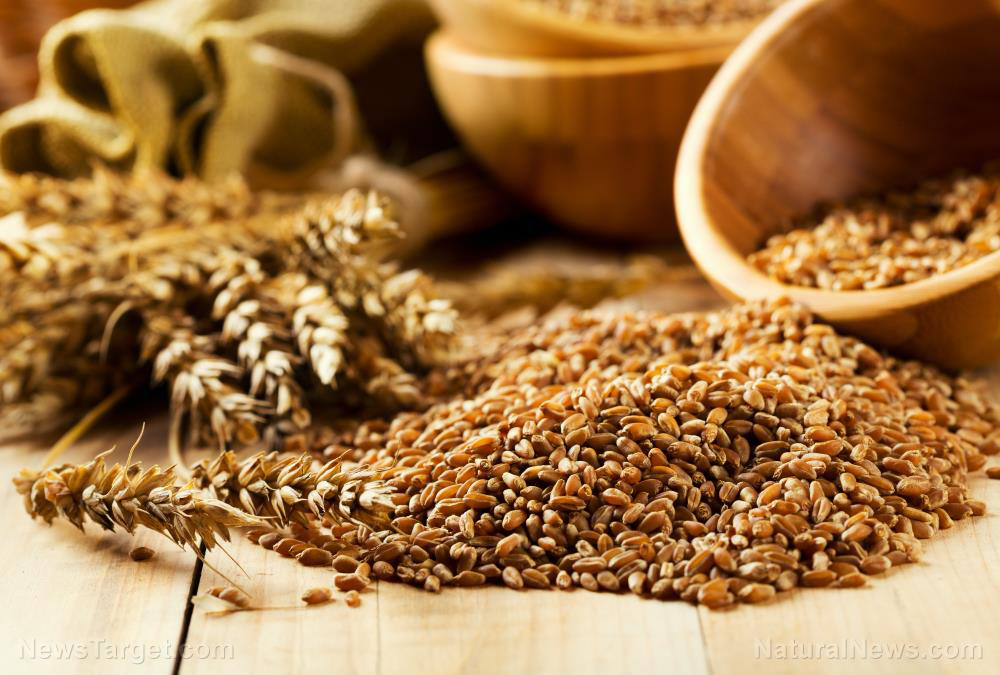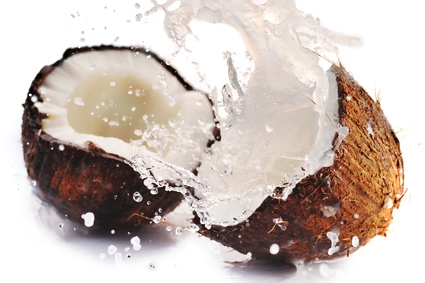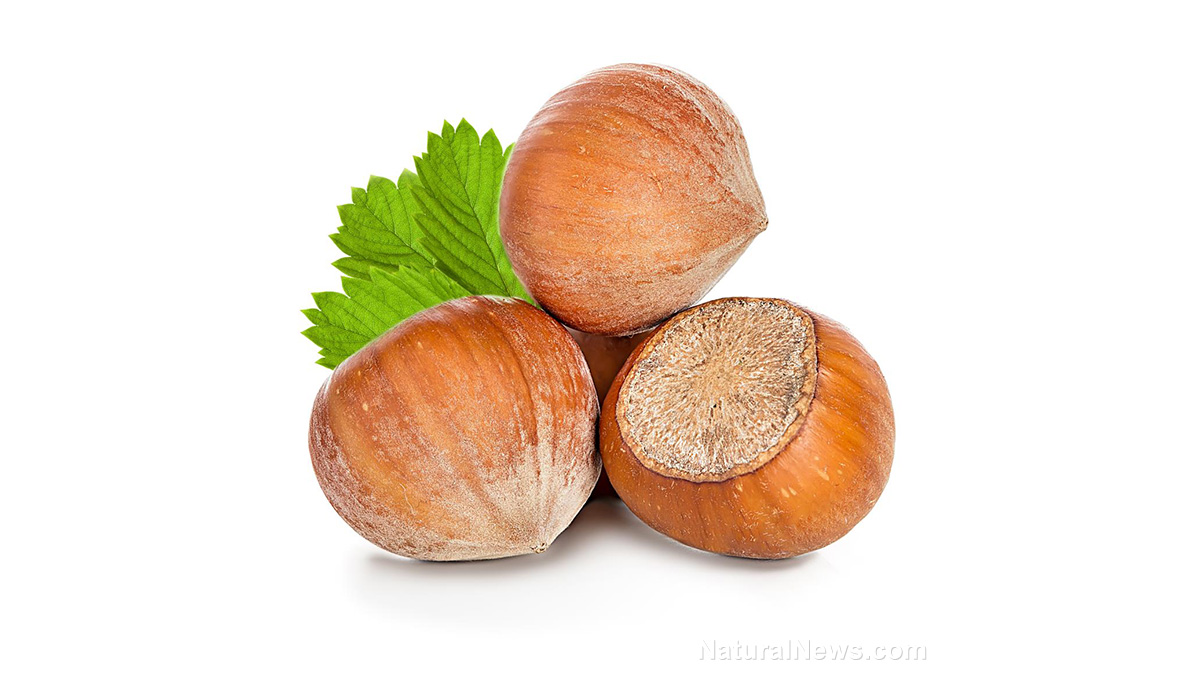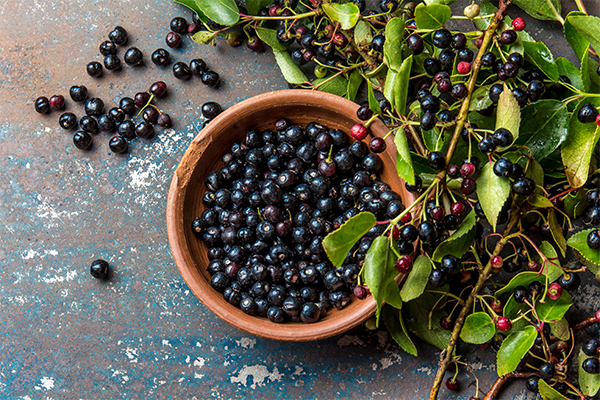Gut bacteria compound may be a key component for fighting Type 2 diabetes
03/10/2019 / By Lance D Johanson

There is a force of nature residing within our bodies, a force that responds to threats, protects the blood, and assimilates vitamins from our food. We are in a relationship with this force. It coexists within our bodies. It influences us and we influence it. This force, comprised of trillions of friendly bacteria cells, communicates with our cells and carries out vital functions that ultimately affect our well being. We can nourish and cultivate the diversity and strength of this biome, or we can abandon and sterilize it with things like antibiotics, glyphosate and other sterilization chemicals.
Researchers from Finland have found that gut bacteria can produce a metabolite that protects against Type 2 diabetes. The substance is called indolepropionic acid. It is produced by gut bacteria in the presence of a fiber-rich diet. Current research on Type 2 diabetes shows that the pancreas regulates blood sugar levels using a hormone known as insulin. This new evidence shows an alternative route of blood sugar regulation. If given the right environment, good gut bacteria species can release metabolites that also regulate blood sugar levels. The study highlights the importance of a fiber-rich diet, how it cultivates the bacteria that regulate metabolism and blood sugar levels. (Related: The gut-brain axis, the microbiome, and chronic disease development.)
According to 2014 estimates, 8.5 percent of all adults in the world struggle with diabetes (90 percent of which struggle with Type 2 diabetes.) This number has risen from 4.7 percent of the population since 1980. Could fiber be the key dietary component that diabetics are missing? Could fiber unlock the healing bacteria species that regulates blood sugar naturally?
Key gut bacteria metabolite prevents Type 2 diabetes across three studies
After carrying out necessary functions, the body’s cells and accompanying bacteria cells produce byproducts. These byproduct molecules are called metabolites. The leading research team, from the University of Eastern Finland in Kuopio, used a new technology called metabolomics, which enabled the researchers to quickly analyze participant’s metabolite profile.
Two hundred participants in the Finnish Diabetes Prevention Study were examined. When the study began, all were overweight and had impaired glucose tolerance. However, one group developed Type 2 diabetes within five years, and the other group did not develop the metabolic signs of diabetes within a fifteen year follow-up period.
The difference between the two groups came down to their metabolite profile, uncovered by the researchers use of a specific technology called “nontargeted metabolic analysis.” The healthy participants had high blood levels of indolepropionic acid, which is produced by gut bacteria in a fiber-rich environment. Furthermore, a fiber-rich diet was found to increase the amount of insulin produced by the pancreas’ beta cells.
“Earlier studies, too, have linked intestinal bacteria with the risk of disease in overweight people,” the study authors wrote. “Our findings suggest that indolepropionic acid may be one factor that mediates the protective effect of diet and intestinal bacteria.”
The results were replicated in two other studies: the Finnish Metabolic Syndrome in Men Study and the Swedish Västerbotten Intervention Project. The researchers were unable to isolate which species of bacteria were responsible for the increase in indolepropionic acid. They could only pinpoint that the gut bacteria produce the metabolite and that higher levels of that metabolite were responsible for regulating blood sugar levels.
As this study shows, overcoming chronic disease begins with re-establishing our relationship with nature’s microbe ecosystems. The intelligence of nature’s nutrient-dense foods and natural bacteria ecosystem ignites our body’s ability to heal itself.
Sources include:
Submit a correction >>
Tagged Under:
blood sugar, commensal bacteria, diabetes science, fiber, gut health, metabolism, metabolites, probiotics, research, Type 2 Diabetes
This article may contain statements that reflect the opinion of the author
RECENT NEWS & ARTICLES
BloodSugar.News is a fact-based public education website published by Blood Sugar News Features, LLC.
All content copyright © 2018 by Blood Sugar News Features, LLC.
Contact Us with Tips or Corrections
All trademarks, registered trademarks and servicemarks mentioned on this site are the property of their respective owners.





















